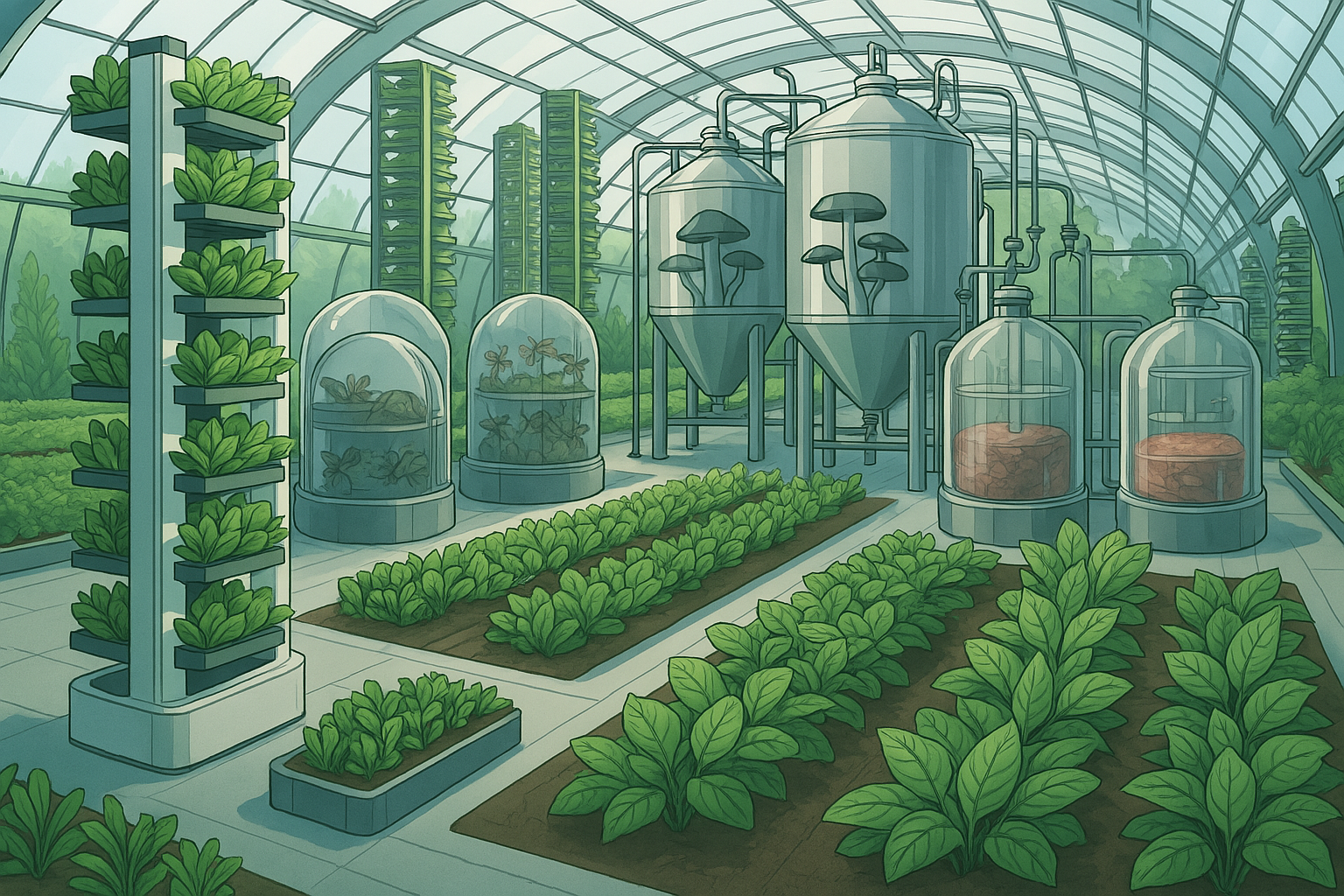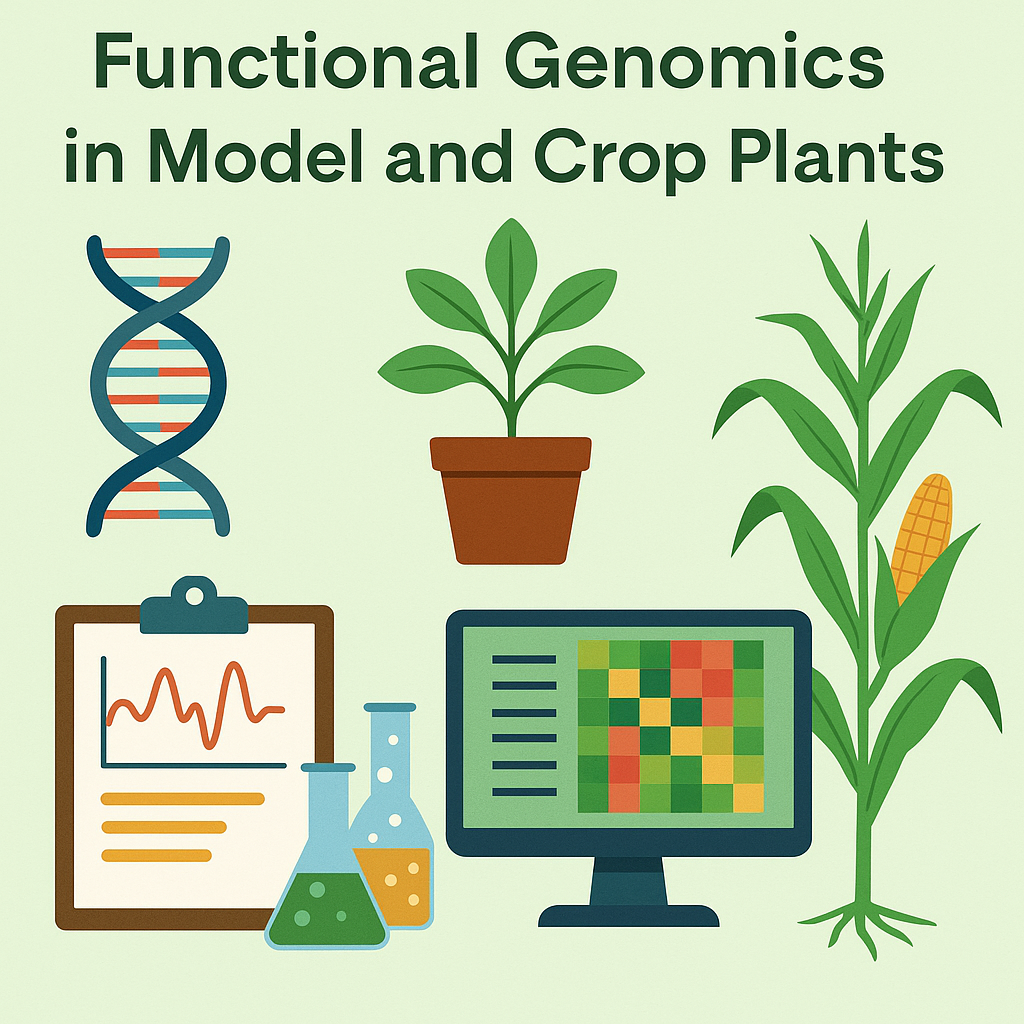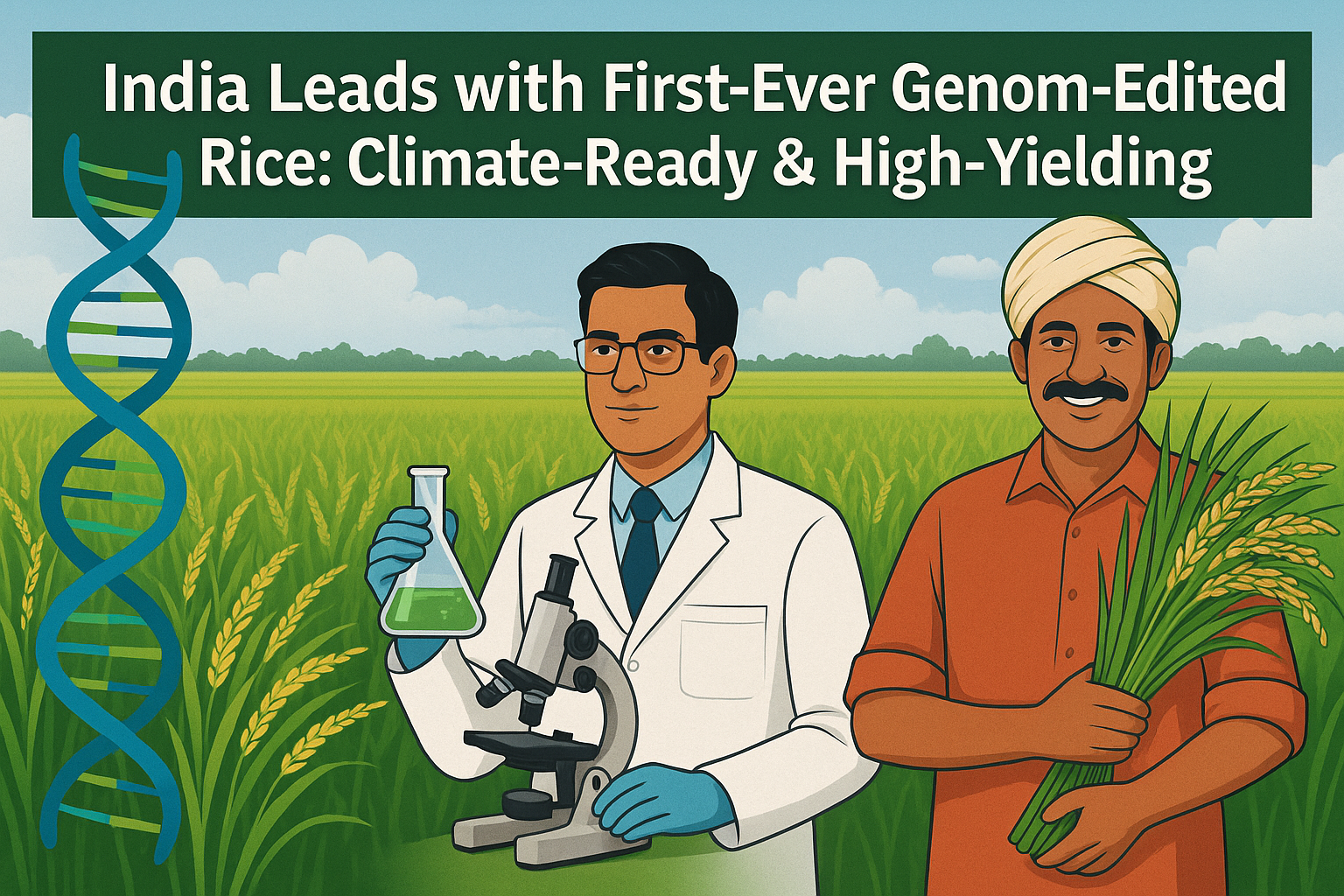The global demand for food is increasing rapidly with the rising population. At the same time, the agricultural sector faces critical challenges. These include climate change, land degradation, water scarcity, and excessive dependence on chemical inputs. Amidst this crisis, the plant microbiome has emerged as a transformative solution in sustainable agriculture. The microbiome is a complex community of microorganisms living in and around plant tissues. It holds immense potential in enhancing crop productivity, nutrient use efficiency, and stress tolerance. It also minimizes environmental harm. Scientists are uncovering the hidden roles of microbial diversity. This is causing a paradigm shift from conventional farming practices to microbiome-informed crop management strategies.
The Plant Microbiome and Its Ecological Niches
Plants do not exist in isolation. Instead, they form holobionts—a collective of the host plant and its associated microorganisms, including bacteria, fungi, archaea, protozoa, and viruses. These microbial communities inhabit various plant compartments. These include the rhizosphere (soil around roots) and the phyllosphere (leaf surface). They also inhabit the endosphere (internal tissues) and the spermosphere (area around seeds). Each microbial niche contributes uniquely to plant health and productivity. Over the last two decades, high-throughput sequencing technologies have developed significantly. Bioinformatics has also progressed greatly. Together, they have enhanced our ability to study and manipulate these microbial assemblages. The rhizosphere is particularly dynamic, with plants releasing a variety of root exudates that attract and shape microbial populations. In turn, these beneficial microbes perform several functions. They improve nutrient solubilization. They synthesize phytohormones. They also induce systemic resistance against pathogens. Additionally, they enhance tolerance to abiotic stresses. Notably, plant growth-promoting rhizobacteria (PGPR) such as Azospirillum, Bacillus, and Pseudomonas are critical. Arbuscular mycorrhizal fungi also play a key role in these beneficial interactions.
Endophytes, which colonize internal plant tissues without causing harm, further contribute by enhancing stress tolerance and nutrient uptake. They reside in roots, stems, and even reproductive organs. They often modulate hormone levels. They also act as a line of defense against pathogens. The phyllosphere, though more exposed to environmental fluctuations, hosts microbial populations that assist in plant immunity and resilience. Even seeds harbor distinct microbial communities. This suggests that vertical transmission of beneficial microbes is a natural strategy for safeguarding early plant development.
Microbiome Contributions to Nutrient Cycling and Stress Tolerance
Among the most impactful roles of the plant microbiome is its contribution to nutrient cycling. Soil microorganisms decompose organic matter and mineralize nutrients. They convert unavailable forms of essential elements like nitrogen and phosphorus into bioavailable forms. Nitrogen-fixing bacteria such as Rhizobium and Frankia supply nitrogen to legumes. Phosphate-solubilizing bacteria enhance phosphorus uptake by releasing organic acids and enzymes. These natural processes reduce the dependency on chemical fertilizers and preserve soil health in the long term.
In terms of stress resilience, the microbiome acts as a buffer against both abiotic and biotic challenges. Certain microbes help plants tolerate drought, salinity, and heavy metal stress. They do this by modulating ion uptake, enhancing antioxidant defense systems, and producing osmoprotectants. For example, microbial production of compounds like proline and glycine betaine helps plants maintain cellular integrity under water-deficit conditions. Beneficial microbes can also prime plant immune responses, thereby enhancing resistance to pathogens without the need for synthetic pesticides. Using microbial inoculants is a sustainable method. It presents an eco-friendly strategy to reduce crop losses due to diseases. It also helps mitigate the impact of adverse weather events.
Biotechnological Advancements and Microbiome Engineering
With the rise of genomics, synthetic biology, and artificial intelligence, microbiome research is transitioning from observation to precise engineering. Scientists are now constructing synthetic microbial consortia. These are known as SynComs. They combine selected strains with complementary functions. These functions include nitrogen fixation, pathogen suppression, and stress alleviation. These customized microbial communities can be applied as biofertilizers, seed coatings, or soil amendments tailored to specific crops and climates.
Seed microbiome manipulation is also gaining traction. It offers a stable and inheritable way to introduce beneficial microbes at the very beginning of a plant’s life cycle. Enriching seeds with microbial partners adapted to local environments can improve germination. This process also enhances early vigor and stress resistance. Additionally, emerging techniques like microbiome editing are aiding researchers. Metagenome-wide association studies (MWAS) help identify keystone species. These studies find microbial biomarkers that can be harnessed for breeding resilient crops.
Microbial Bioinputs and Sustainable Crop Management
Microbiome-based products such as biofertilizers and biopesticides are increasingly being used in modern agriculture to replace or complement chemical inputs. Unlike synthetic fertilizers, microbial biofertilizers work through biological mechanisms. These include nitrogen fixation, phosphorus solubilization, and siderophore production. These processes enhance nutrient availability and uptake. Commonly used strains include Azotobacter, Trichoderma, and Bacillus subtilis.
Biopesticides derived from microbial sources provide an alternative to chemical pest control. For instance, Bacillus thuringiensis produces insecticidal proteins, while Beauveria bassiana targets insect pests through fungal infection. These bioinputs are biodegradable, safe for non-target organisms, and contribute to integrated pest management strategies. Importantly, they also reduce the risk of resistance development, which is a growing concern with conventional agrochemicals.
Challenges and the Path Forward
Despite the proven benefits, the widespread adoption of microbiome technologies in agriculture faces several challenges. Field performance of microbial inoculants can be inconsistent due to variations in soil types. Differences in crop genotypes also affect performance. Native microbial communities and environmental conditions play a role as well. Introduced microbes may not always establish or persist in the field, limiting their efficacy. Moreover, regulatory frameworks for microbial products are still evolving in many countries. There is a need for standardized protocols. Quality assurance and efficacy testing are also necessary. Farmer awareness and access to reliable microbial inputs also remain significant bottlenecks.
To overcome these challenges, a systems-level approach is needed. This approach integrates soil health monitoring. It also uses crop-specific microbial solutions and precision delivery systems. Policies supporting sustainable inputs, government incentives, and public–private partnerships can accelerate the development and deployment of microbiome-based technologies. Education and extension services should also be strengthened to build trust and capacity among farmers, agronomists, and agricultural entrepreneurs.
Conclusion
The plant microbiome represents an underexplored frontier. It has vast potential for transforming agriculture into a more sustainable system. It also makes agriculture more resilient and productive. By harnessing beneficial microbes, farmers can improve soil fertility, reduce chemical dependencies, and enhance crop adaptability to stress. The science of microbiome management is evolving. It will be essential to integrate traditional ecological knowledge with cutting-edge biotechnological tools. The future of agriculture depends not only on plant breeding or input optimization. It also involves cultivating the invisible microbial allies. These allies play a vital role beneath our feet and within plant tissues. Investing in microbiome research is crucial. Translating its discoveries into practical field applications will help meet global food demands and preserve the planet’s ecological balance.










